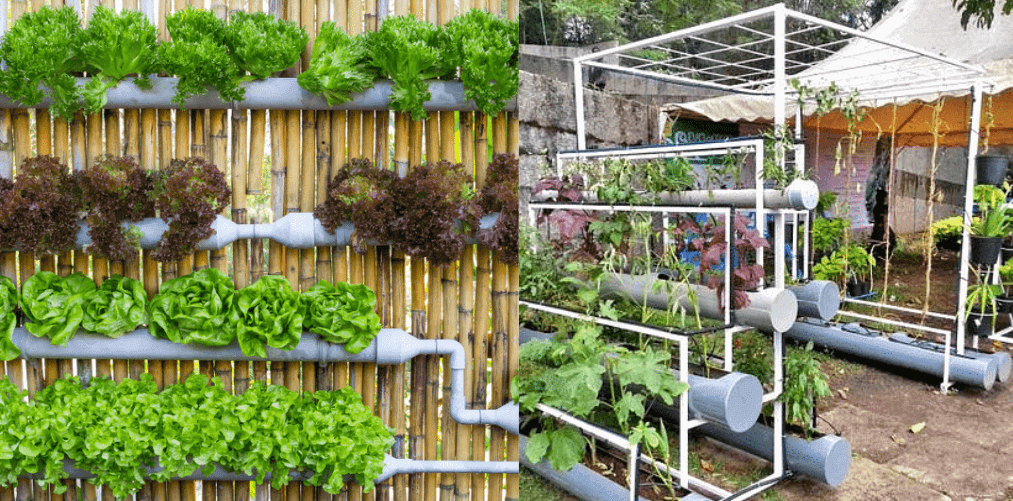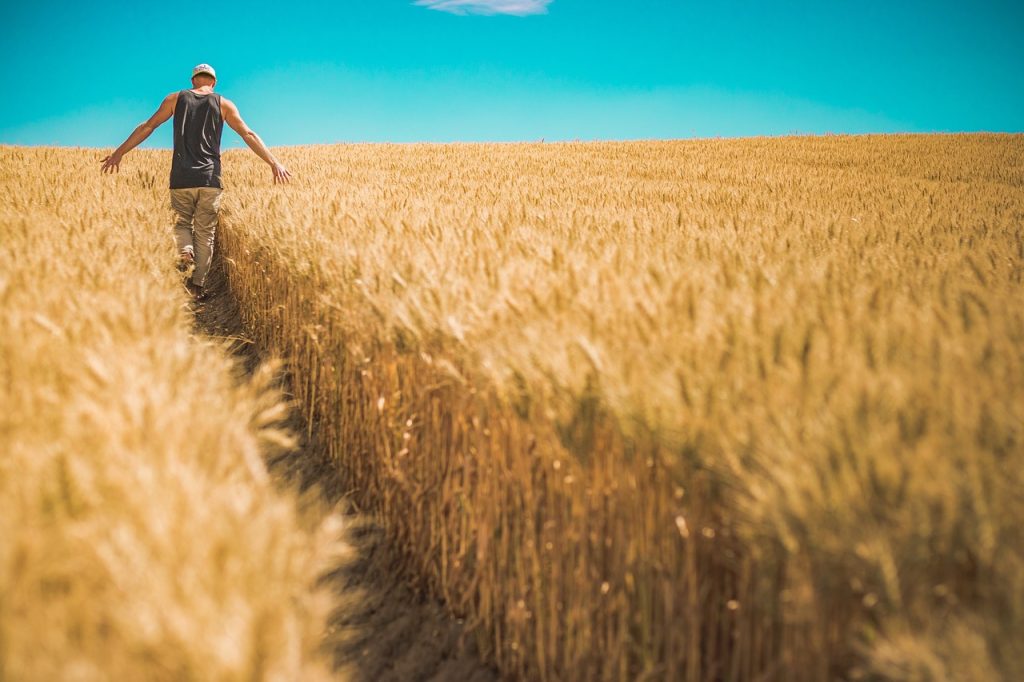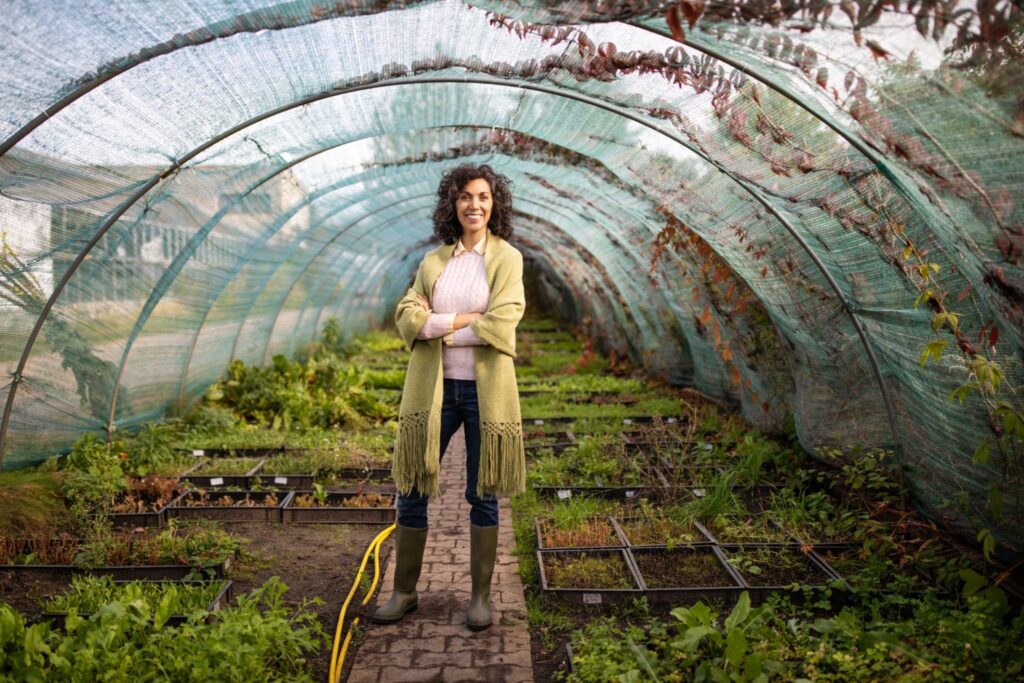What is Vertical Agriculture
As the name mention, Vertical agriculture is an agricultural process which done vertically. This is done by stacking plants on horizontal shelves or tall pillars filled with soil. In a library, we can see bookshelves full of books. Likewise, in Vertical agriculture, we have plants on shelves instead of books. Sometimes these shelves are outdoors, but most of the time they are maintained in an artificial environment. Most of the time, We can see Vertical Agriculture inside a greenhouse. Vertical farming is another name for this method.
Instead of Sunlight and Rain, Vertical Agriculture uses Artificial Lighting and Water that contain necessary nutrients, minerals, and vitamins. There are complex watering systems that we can not see the pipes and water drops from outside. They maintain the soil moisture and nutrient levels through this system. Usually, these Vertical Farms look like very big warehouses. This is different from greenhouses because greenhouses have transparent walls and roofs. Vertical farming only uses artificial lighting. Most of the time they use LEDs.
Advantages of Vertical farming
No use of harmful and toxic chemicals.
Since the plants grow in an artificial environment, they do not need chemicals to control pests and weeds.
Clean fruits and Vegetables
These farms maintain good hygiene. Even the fruits and vegetables are virgin. No contact with chemicals and mud.
More nutritious
Since they get enough nutrition, they contain perfect nutrition at their standard levels.
Need low space
They require very small space when compared to a traditional farm. More the height of shelves more the multiple of harvest obtained. Let’s say a traditional farm can collect 100 kg of harvest from one acre of land. We can get a 1000 kg harvest if we grow 10 shelves in one acre of land.
Saves water
It uses the same water by recycling it. Actually, it is not recycling the same water is circling through the plant. They add nutrients to water when the levels get lower.
Disadvantages
Technical Knowledge
Need professional Supervision for vertical farms. It needs some theoretical knowledge to maintain the crops.
High Power usage
Artificial lights use a large power. However, using LEDs will reduce power usage but when compared to traditional farming, the energy cost is higher.
Is vertical farming safe?
Yes, it’s completely safe and eco-friendly. Vertical farms do not need pesticides and weedicides because the plants are growing in processed soil. Also, the farms are more hygienic and sealed from pests. We can say vertical farms are safer than traditional farms or horizontal farms. They use natural nutrients for plants. Moreover, there are no health issues from vertical farming but better.
Can you practice vertical farming at home?
Definitely yes, You can do vertical farming in your garden. You can use gutters to fill the soil and attach them to a shelf or to a wall. You can fill a pillar with soil and make holes to plant seedlings on it.

Photo Credits – civilstring.com
You don’t need special soil or special water with nutrients. Just use normal soil from your garden and use normal water. Make sure to place the crops where they receive enough sunlight.
You can practice vertical farming inside your house too. In this case, you have to supply artificial lighting. We recommend you use LEDs for this purpose. The reason is it is energy efficient and emits the perfect light for the crops and does not generate more heat.
Vertical Farms in Space
Since this method is artificial and safe. Scientists experimenting with vertical farming in space. We will colonize mars in the near future. So definitely there will be many vertical farms on mars. This will lead to a self-sustaining life on mars. If this method becomes successful on mars, people have to no worry about their food, and they no need to come back to earth every time when their food is getting low. No need to worry vertical farms will be successful on mars because this separates the crops from the external environment.


